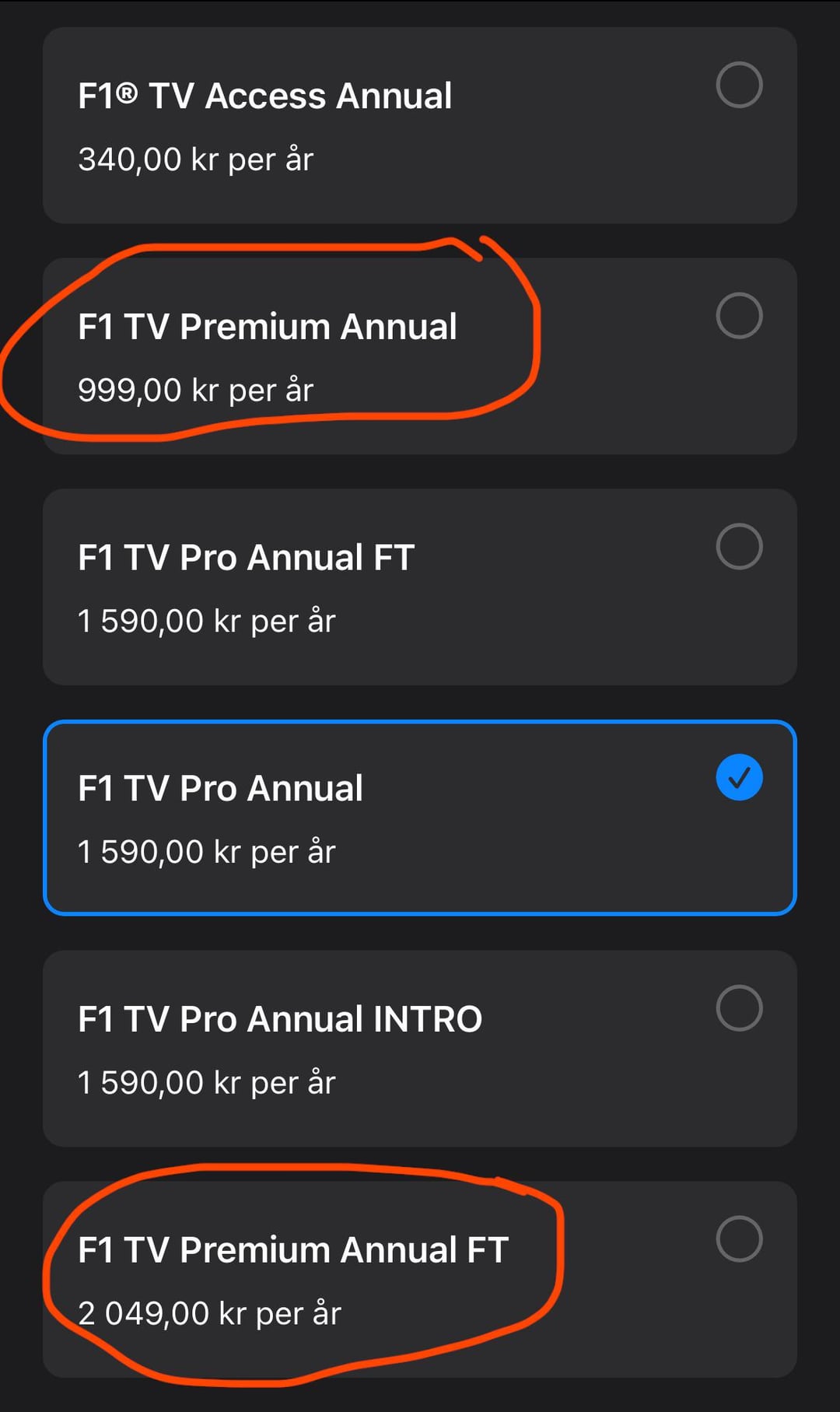My Tangle with Telerium F1
So, everyone was yapping about Telerium F1, right? How it was gonna change everything, make development a walk in the park. “The next big thing,” they called it. I thought, okay, let’s give this miracle a shot. What could go wrong?
I decided to use it for a new internal dashboard project. Seemed simple enough. The marketing material for Telerium F1 made it sound like I could just plug it in, tell it what I wanted, and boom, instant app. Boy, was I wrong.
First off, getting Telerium F1 itself set up was a beast. It wasn’t just one thing. Oh no. It needed its own special server environment, then it had like, five different companion services that all had to be running perfectly. One was for data, another for UI components, a third for some “synergy” module – whatever that meant. It felt like I was building a whole data center just to get a “simple” tool to run.

It was a proper mess, a real hodgepodge. You’d think a tool promising simplicity wouldn’t come with an instruction manual thicker than my arm. And the dependencies! Good lord, the dependencies. It pulled in so much other stuff, half of which I’d never even heard of. My project, which was supposed to be lightweight, suddenly felt like it weighed a ton.
Then came the actual “development.” Telerium F1 had its own weird way of doing things. Nothing standard. You wanted a button? You couldn’t just use a normal button. You had to use a “Telerium F1 Interactive Engagement Element.” Took me a whole day just to figure out how to change its color. A whole day for a button color!
I remember this one time, we were pushing for a demo. The boss was breathing down my neck. And Telerium F1 just decided to throw a fit. Some obscure error message popped up, something about “neural pathway desynchronization.” What in the blazes is that? The documentation was useless, just a bunch of fancy words that meant nothing. I spent two nights straight, fueled by coffee and sheer panic, trying to fix it. My kid’s school play? Missed it. All because Telerium F1 decided to have a moment.
It turns out, that “neural pathway” thing was because one of its five companion services had silently crashed and didn’t bother to restart or even tell the main Telerium F1 brain it was offline. Simple, right? Took me forever to figure that out because everything was so tangled up.
You see, companies that push these all-in-one miracle solutions, they often forget the basics. Telerium F1 tried to do everything, from fetching data to making coffee, probably. But because it spread itself so thin, it did nothing particularly well. Anything slightly complex, anything outside its very narrow “happy path,” and it would just fall apart. You’d end up fighting the tool more than building your actual project.
We eventually scrapped Telerium F1 for that dashboard. Went back to good old reliable stuff. Took us half the time to rebuild it than it took to even get Telerium F1 to behave. It was a painful lesson.
I still see some folks hyping Telerium F1 up online. Maybe they got the “ultra-platinum-plus” version that actually works, or maybe they’re just good at pretending. All I know is, my experience was a slog. It promised a shortcut but ended up being the longest, most frustrating detour I’ve taken in a while. So yeah, that’s my Telerium F1 story. Handle with care, or better yet, maybe just don’t handle it at all.





















